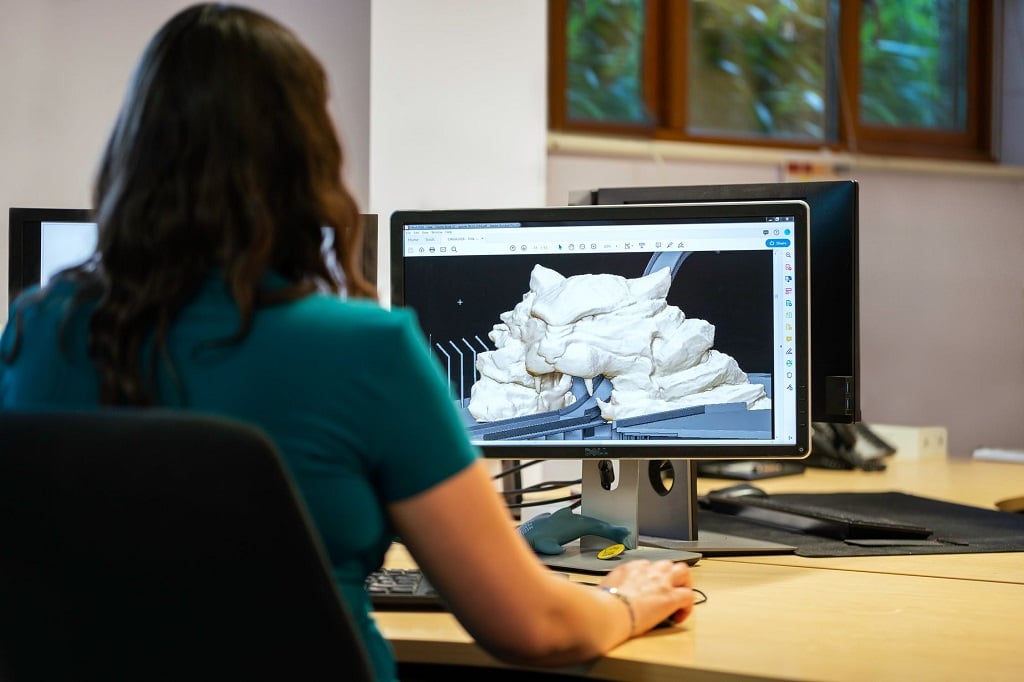
In some ways, 3D printing has the potential to limit our reliance upon large corporations for our manufacturing needs. We can use our own 3D printing machines at home or utilize one of the growing number of services that allow us to upload designs and have the product sent to us. But with this freedom also comes a range of legal considerations.
We’re going to take a look at a few key ways in which the law can impact 3D printing. Are there restrictions on the types of goods we can produce? What legislation affects 3D printing businesses? Are there ways in which this technology is also making a difference to the law itself?
Weapons and Safety
While there is expected to be continued significant industrial adoption of 3D printing now that the initial hype has died down, its use at home is largely unregulated. One of the key issues that surrounds any emerging technology is its capacity to outpace legislation. Although this freedom for individuals to produce almost anything at will is a boon to our creativity, there also needs to be an element of responsibility applied to any manufacturing process.
3D printing offers the opportunity for individuals who have gained access to print files for guns to manufacture their own firearms, bypassing the requirements in some states to register their weapons with the relevant authorities or undertake the required background checks. 3D printed weapons are also largely immune to metal detection, though the Undetectable Firearms Act of 2013 makes it a legal requirement for a metal plate to be inserted into any 3D printed firearm. That said, this is largely a legal requirement that relies on trust, with no practical ways to inspect or regulate the production of 3D printed weapons at home. Other risks certainly remain as well when 3D printing weapons, including file legality and safety for anyone who fires one.
We can’t consider the production of firearms to be the only risky area, either. Industrial manufacturers are subject to quite stringent requirements when it comes to ensuring that the products they provide to consumers are safe to use. Private citizens now have the ability to create products that have not been tested, utilizing materials that may not be optimized for that product. While product liability legislation provides some protection if those items are sold to consumers, it is still not always clear who is liable for damages caused by 3D printed products; the producer, the designer of the CAD files, or even the manufacturer of the materials — a case can be made for all three.
Licensing and Copyright
Printing products on demand may well prove to be revolutionary, but we must also consider the potential impact on intellectual property. As eCommerce has become an accessible business model for many, and the availability of on-demand production services for clothing, accessories, and 3D printed products has risen, so too has the potential for breaches grown. Large companies such as Disney and Twentieth Century Fox have taken to regularly issuing cease-and-desist orders to those producing and selling products featuring fan art of their IP characters.
This is a problem not just for producers receiving IP violation notices, but also the owners of IP themselves. The prevalence of 3D printing, alongside platforms upon which to sell the items, can mean that IP owners must invest significant time and resources into monitoring platforms, seeking out breachers, and paying for costly legal services in order to protect their assets.
Copyright also extends to the authorized use of CAD files themselves by 3D printing enthusiasts. With the freedom to distribute IP in digital spaces, has also brought with it the risks of theft and infringement. In the U.S., the Digital Millennium Copyright Act (DMCA) seeks to protect owners of digital assets, such as CAD files, by providing a framework to address online breaches and distribution in unauthorized spaces.
Forensic Uses
When it comes to the law, much of the focus on 3D printing is on protections from IP violations or preventing the production of dangerous objects. However, this technology has an important role to play in service of the law. The simple, cost-effective production of specifically tailored objects has begun to see use in various areas of law enforcement.
Accident reconstruction can be a vital element in understanding how an incident occurred and who is at fault. These reconstructions are reliant upon using accurate data about the conditions of the scenario, and the unique variables regarding the vehicles, roads, and drivers. The Royal Canadian Mounted Police announced plans to integrate 3D printing into this field, in order to build accurate representations of not just the crash site but replicate the specific damage sustained by vehicles.
3D printing may also soon find its way into courtrooms to assist in prosecutions, too. A recent study undertaken by the UK’s Cranfield Forensic Institute used mock jurors to ascertain which among a variety of methods — 3D printed models, 3D visualization, or photographs — were most useful in helping jurors to understand the extent of a victim’s injuries. As detailed in the study’s abstract, it was found that “the use of 3D imaging improves the juror’s understanding of the technical language used within a courtroom, which in turn better informs the juror’s in their decision-making.”
Conclusion
3D printing is undoubtedly an exciting tool for creativity and home manufacturing. It may be some before the law entirely catches up with the specific challenges of 3D printing, so the onus is on its users in the meantime to consider copyright ramifications, and undertake responsible, safe usage. We are just beginning to understand the potential of this technology, and a mindful approach can help make certain there are positive outcomes.
